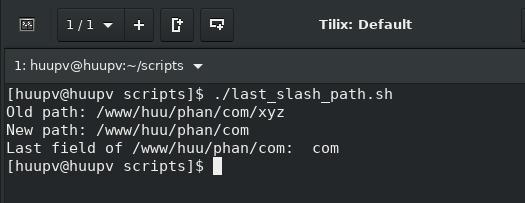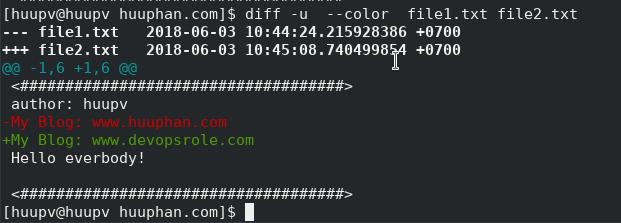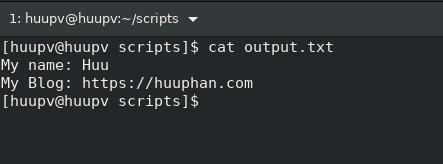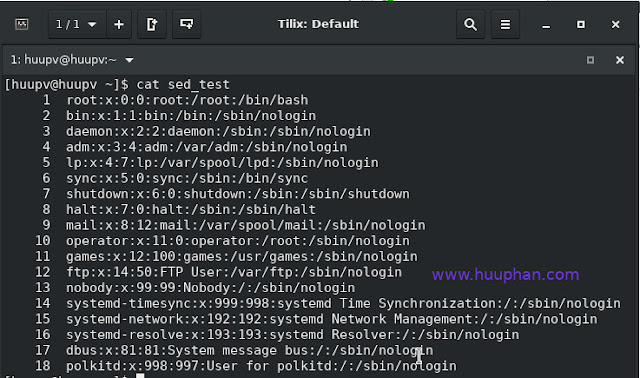How to connect openvpn server from a linux computer

Connect access server (VPS) from a linux computer. In this tutorial, I will access server VPS installed OpenVPN server from a linux computer. Ref to How to setup OpenVPN Server on Centos 7 Install openvpn client on linux Run Openvpn client with .ovpn file for example: client.ovpn Install OpenVPN client on linux Fedora/CentOS/RedHat client sudo yum install openvpn Ubuntu/Debian client sudo apt-get install openvpn Checking Openvpn client version [huupv@huupv ~]$ openvpn --version The output as below: OpenVPN 2.4.6 x86_64-redhat-linux-gnu [SSL (OpenSSL)] [LZO] [LZ4] [EPOLL] [PKCS11] [MH/PKTINFO] [AEAD] built on Apr 26 2018 library versions: OpenSSL 1.1.0h-fips 27 Mar 2018, LZO 2.08 Running the OpenVPN client linux computer with the downloaded client config ovpn file: [huupv@huupv vpn-client-01-config]$ sudo openvpn --config client.ovpn The output OpenVPN client linux connect to server OpenVPN server as below: Sun Jul 1 21:43:35 2018 TUN/TAP de...







